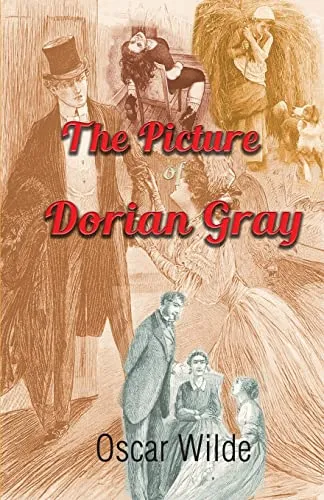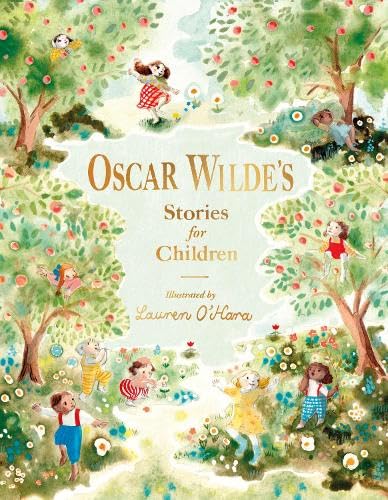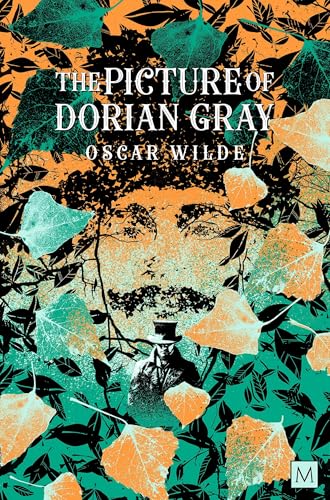The Picture Of Dorian Gray
(Author) Oscar WildeYou will always be fond of me. I represent to you all the sins you have never had the courage to commit. A perfect depiction of fin-de-siècle decadence, Oscar Wilde's only novel highlights the tension between the polished surface and murky depths of Victorian high society. The picture of Dorian Gray is Oscar Wilde's classic story of a young man whose beauty prompts a painter to paint a life-like portrait of him. However, all is not what it seems...Dorian expresses the desire to sell his soul, to ensure that the picture, rather than he, will age andfade. The novel is a social satire as well as a key Explorer of Victorian norms. We are made to observe human emotions like love, jealousy, hate and the forces of evil and good. Oscar Wilde propagates his 'art for art's sake' theory, even as he weaves a narrative around a beautiful young man (Dorian Gray) and his friends (Lord Henry and Basil). The book is a classic in the true sense of the word, as it appeals to the universal instincts of man.
Oscar Wilde
Oscar Wilde was an Irish playwright, novelist, and essayist known for his wit, flamboyant style, and sharp social commentary. His most famous works include the play "The Importance of Being Earnest" and the novel "The Picture of Dorian Gray," both of which explore themes of identity, morality, and societal expectations. Wilde's writing is characterized by clever wordplay, satirical humor, and a keen observation of human nature. He was a key figure in the aesthetic and decadent movements of the late 19th century and is considered one of the most important voices in British literature. Wilde's impact on literature can be seen in his subversion of conventional Victorian norms and his pioneering use of irony and paradox.






